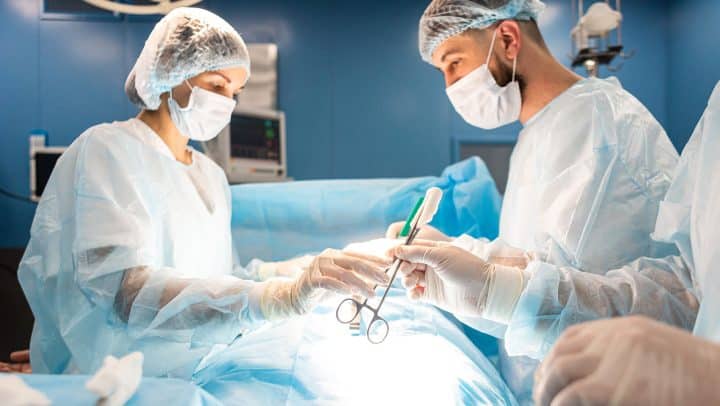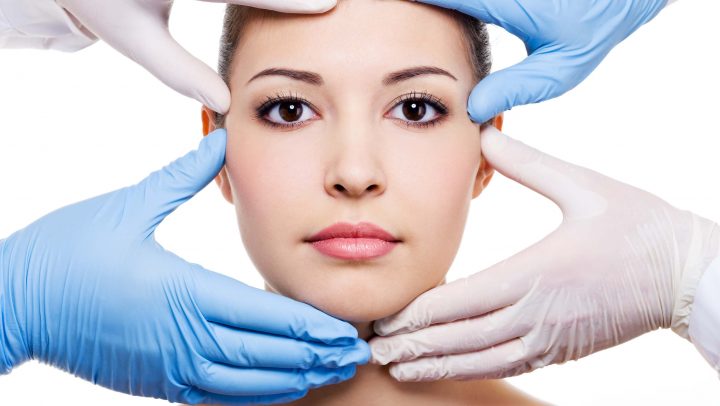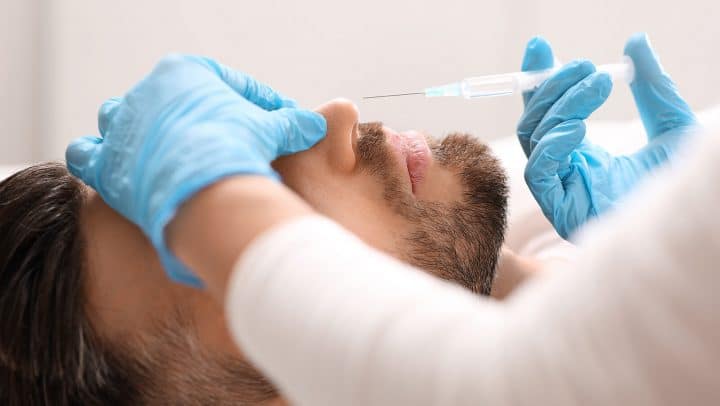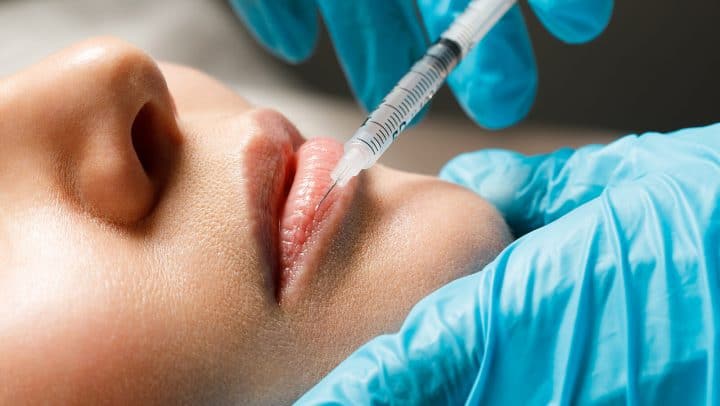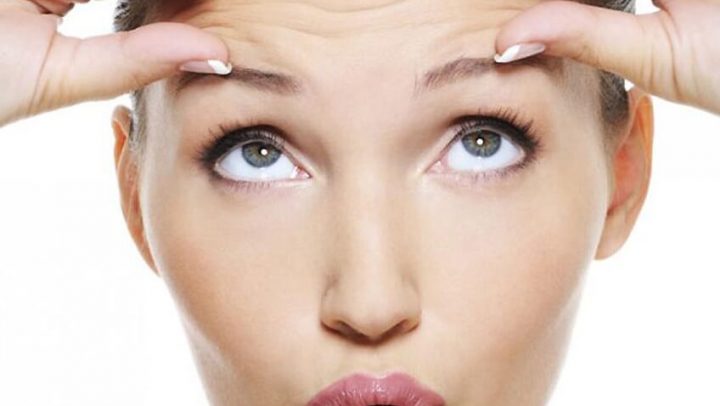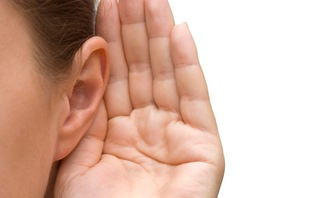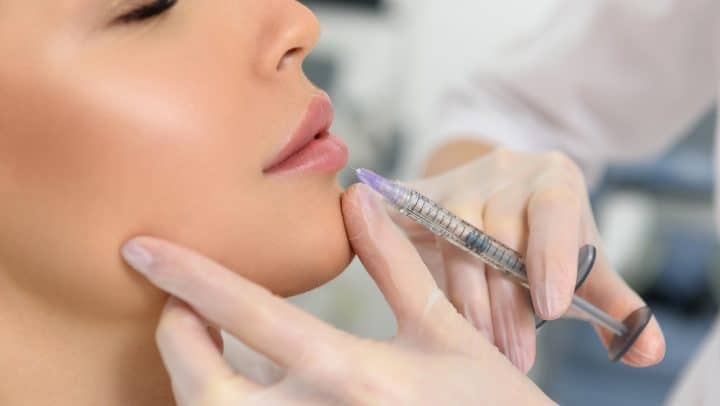
Preventing Sweat with Botox
Botox is a toxin developed by pharmaceutical companies from a type of bacteria called clostridium botulinum. To be precise, it's a neurotoxin, and medical professionals use it to inhibit the activity of muscles throughout the human body.
It works by blocking the transmission of nerve signals from the brain that cause muscular and nervous system contractions. It does this by inhibiting nerve impulses.
The Many Uses of Botox
Botox does more today than it has in years past. Originally, the treatment gained its popularity as a cosmetic procedure to combat the effects of aging on the skin of the face. Here are some of the other medical uses for Botox treatments:
1. Chronic Migraine Treatment
Doctors use Botox in the treatment of chronic migraines because it blocks the neurotransmitters that carry pain signals to and from the brain. Some studies also show how Botox impacts the Trigeminal nerve in the brain, which researchers believe causes many types of migraines.
2. Treatment for Overactive Bladder
A new procedure using Botox is now available for patients who suffer from an overactive bladder. These contractions give patients the sensation of needing to evacuate their urinary tract.
Urologists inject Botox directly into the bladder, which blocks signals causing these bladder contractions. Early Botox treatment for overactive bladder will result in more desirable outcomes.
3. Neck Spasms
Known medically as cervical dystonia, Botox treats this condition by preventing nerves from releasing acetylcholine. It restricts the nerves from sending the messages to the muscles causing them to contract and spasm.
4. Multiple Sclerosis (MS) Treatment
OnabotulinumtoxinA is a form of Botox used in the treatment of moderate to severe MS. This Botox is an injectable treatment approved to ease spastic muscle movement, a common symptom of MS. In spasticity, muscles abnormally stiffen, remaining tight, and are prone to involuntary twitches.
5. Other Neurological Disorders
Botox interrupts nerve signals. The FDA has approved Botox to treat many neurological conditions, including:
- Tremors caused by Tourette Syndrome
- Excessive drooling
- Spinal cord injuries
- Injuries causing nerve damage
- Stroke
Hyperhidrosis and Botox
One treatment that didn't get mentioned above is the treatment for a condition called hyperhidrosis (excess sweat production). Hyperhidrosis occurs when a patient has overactive sweat glands. This condition causes them to experience embarrassing wet marks on their clothing, among other inconveniences.
The effects of Botox treatment for axillary (armpit) hyperhidrosis tend to last longer the more treatments you have. Initial results will likely last for approximately six months. Some patients said their effects lasted only four months, whereas others stated their results lasted a year. Your doctor will be able to set appropriate expectations for you.
Where to Get Botox Treatment for Hyperhidrosis
Dr. Binder has been performing FDA-approved Botox treatments for his patients suffering from several medical conditions such as migraines and hyperhidrosis. He has also performed numerous cosmetic Botox treatments. Whatever reason you're choosing Botox, you can trust Dr. Binder to perform your procedure.
If you suffer from hyperhidrosis, contact Dr. Binder’s office to schedule your first consultation for Botox treatment.

